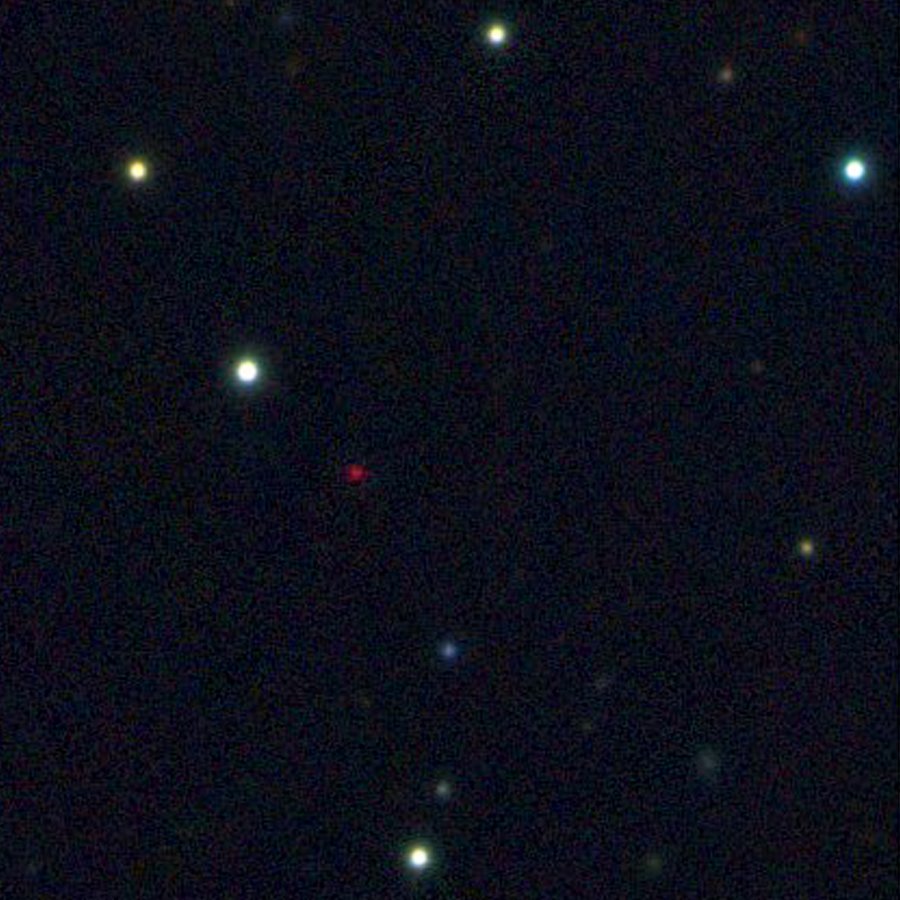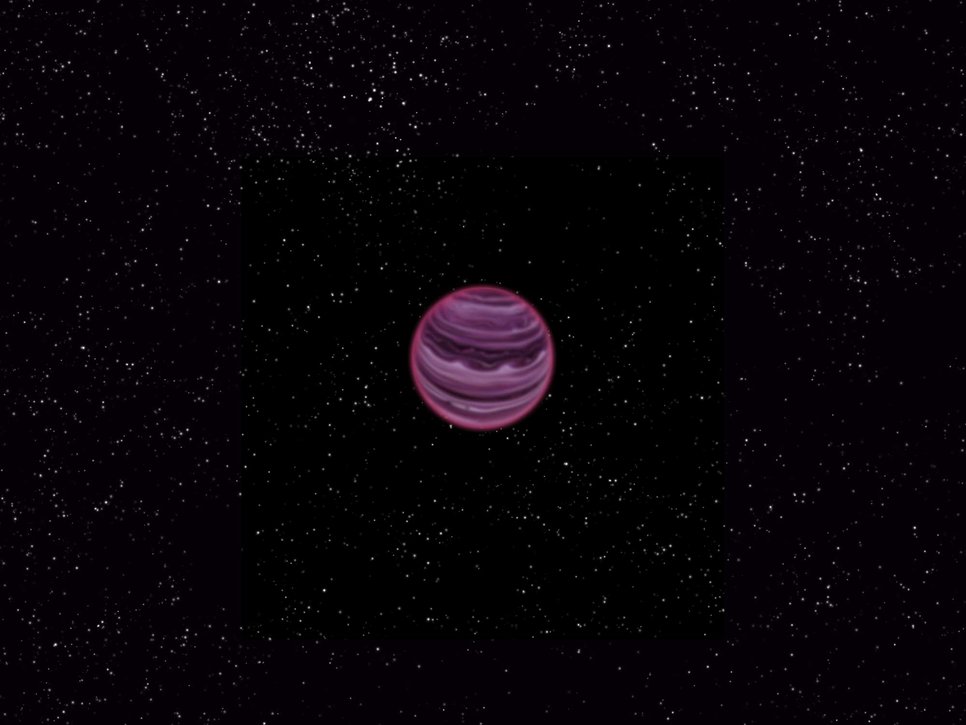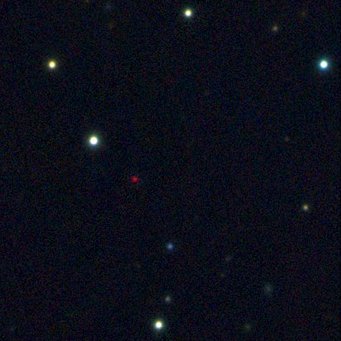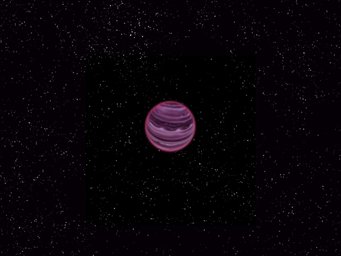
Key Project 3
Low-Mass Stars, Brown Dwarfs, and Young Stellar Objects

One key project of the Pan-STARRS1 Science Consortium is dedicated to the study of our stellar backyard. Astronomers from across the Consortium have been working to take a complete census of the nearby low-mass objects, both stars and brown dwarfs—compact objects not massive enough to burn hydrogen as stars do. The study of low mass objects, in particular of brown dwarfs, e.g., their physical characteristics as well as distribution and population, helps researchers fine-tune star formation and substellar/planetary atmosphere models. Brown dwarfs have similar temperatures to some of the hot, young extrasolar planets which have been imaged in recent years. Moreover, brown dwarfs with no parent star are much easier to observe than planets around bright stars, which makes them easy-to-use calibrators for models of gas-giant exoplanets.
Wide companions and members of stellar clusters both provide useful tools for studying brown dwarfs. Since the members of a particular binary system or cluster form in the same environment, they all have the same age and chemical abundances. Both of these quantities are hard to measure for brown dwarfs but easier for solar-type stars. Hence by associating brown dwarfs with stellar binary companions or fellow cluster members, researchers can obtain even better substellar atmosphere calibrators.
Pan-STARRS1's accuracy, sensitivity, and multi-epoch observations allow for the detection of all nearby stars, brown dwarfs, and stellar remnants such as white dwarfs in the northern sky. Researchers are able to measure these objects' distance and proper motions (motion across the sky relative to other stars), as well as determine characteristics such as multiplicity fraction, expanding the solar neighborhood to a diameter of about 300 light-years. The survey has led to a significant increase in the number of known brown dwarfs and wide-binary companions to cool dwarfs, as well as a much better characterization of low-mass star formation in stellar clusters.
A serendipitous result from the brown-dwarf search within the Pan-STARRS1 dataset was the discovery of PSO J318.5-22—a free-floating planet that does not orbit a star. PSO J318.5-22 is one of the lowest-mass free-floating objects known, perhaps the very lowest. However, its most unique aspect is its similar mass, color, and energy output to directly-imaged planets.

Further reading:
- Liu et al (2013) The Extremely Red, Young L Dwarf PSO J318.5338-22.8603: A Free-floating Planetary-mass Analog to Directly Imaged Young Gas-giant Planets.
- Goldman et al (2013) Towards a Complete Stellar Mass Function of the Hyades. I. Pan-STARRS1 Optical Observations of the Low-Mass Stellar Content.
- Deacon et al (2014) Wide Cool and Ultracool Companions to Nearby Stars from Pan-STARRS 1.

